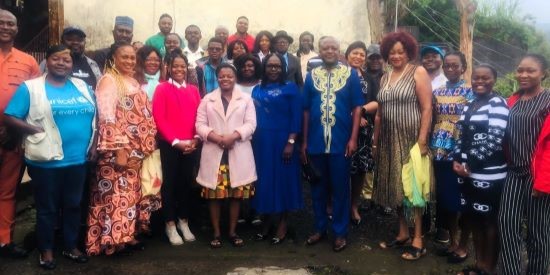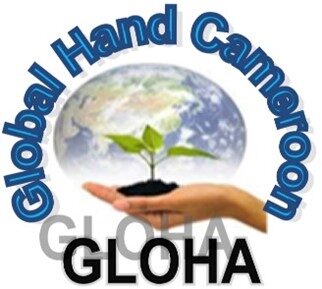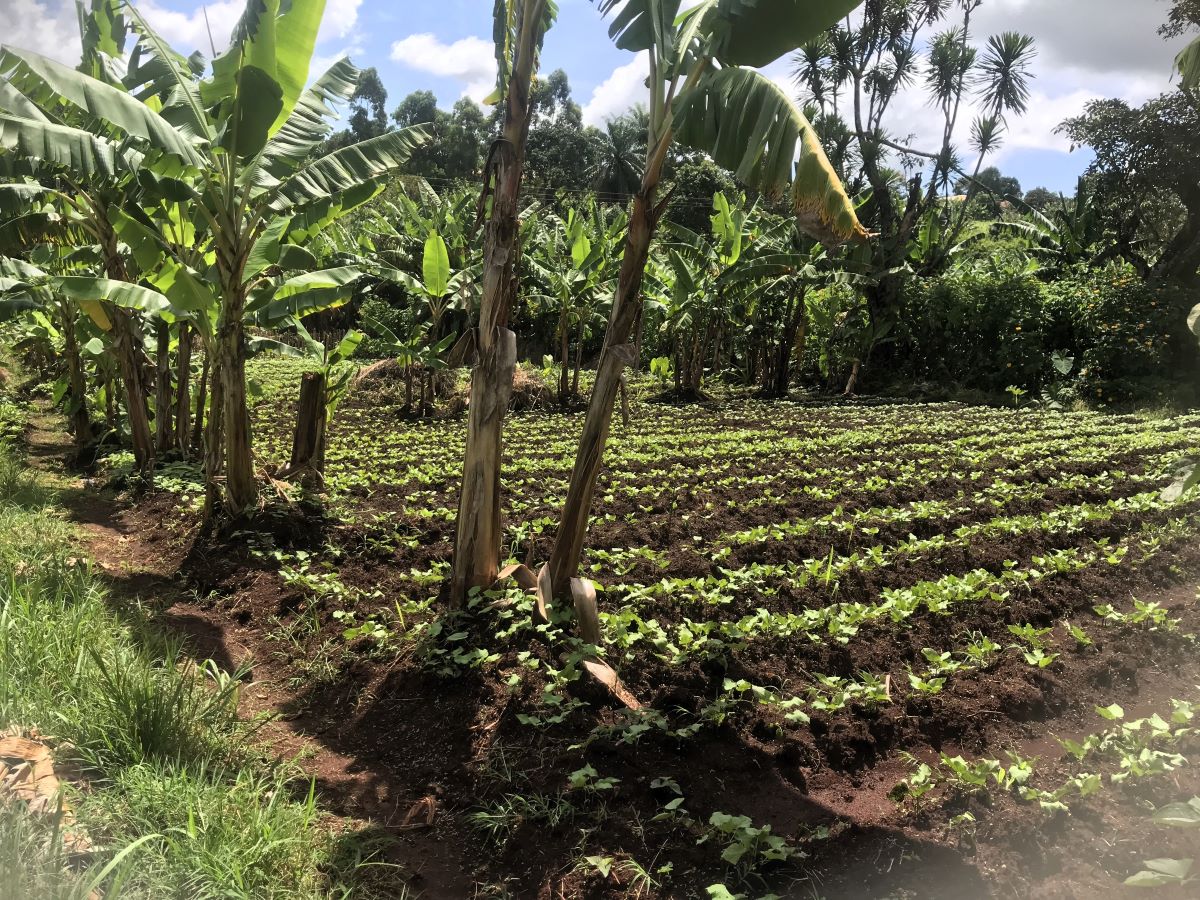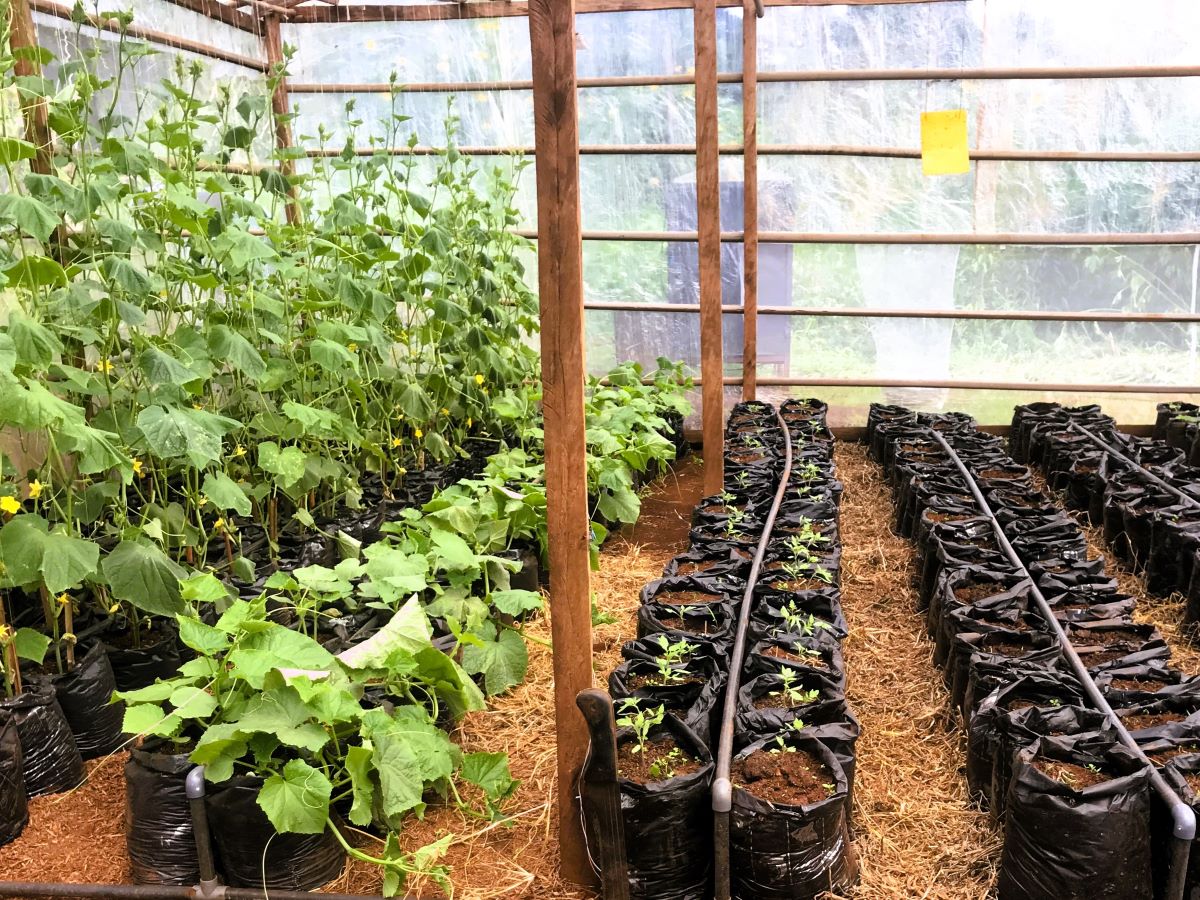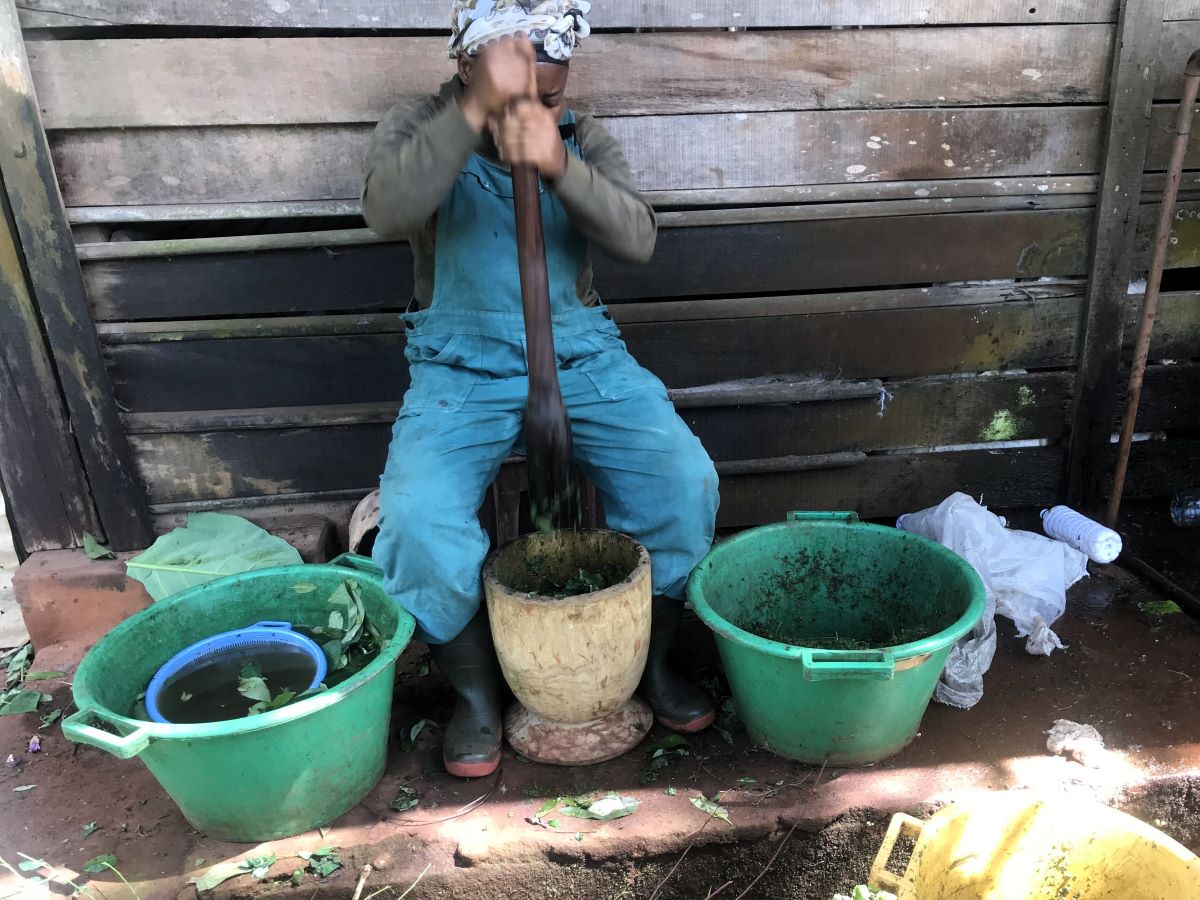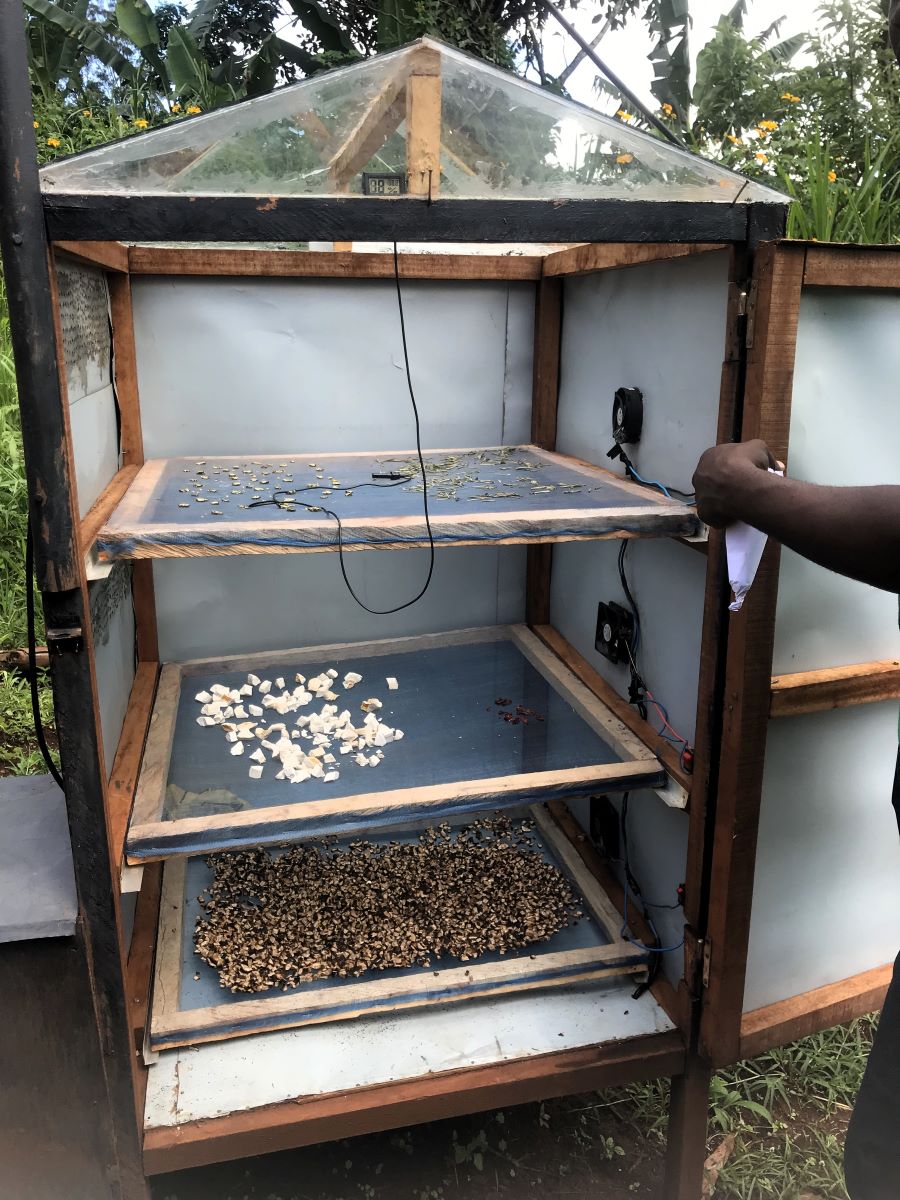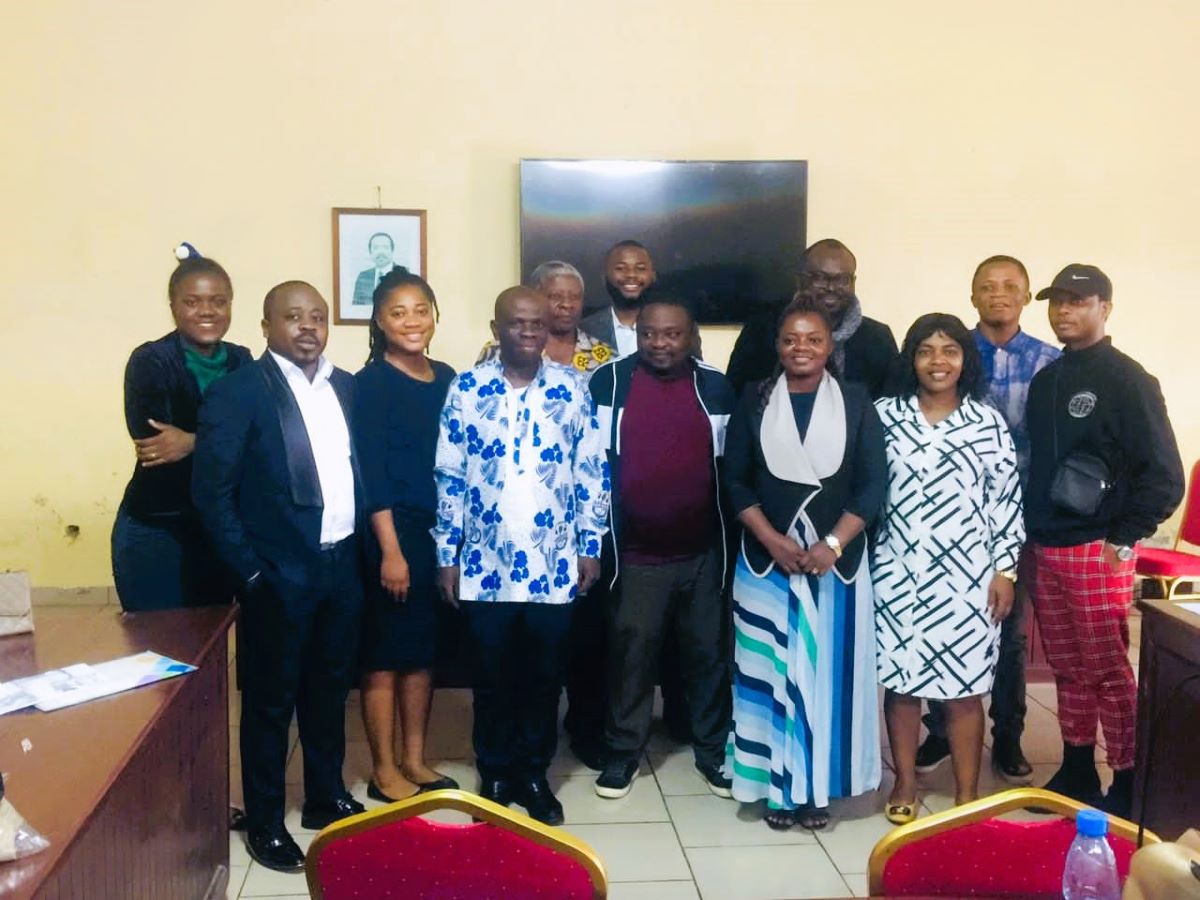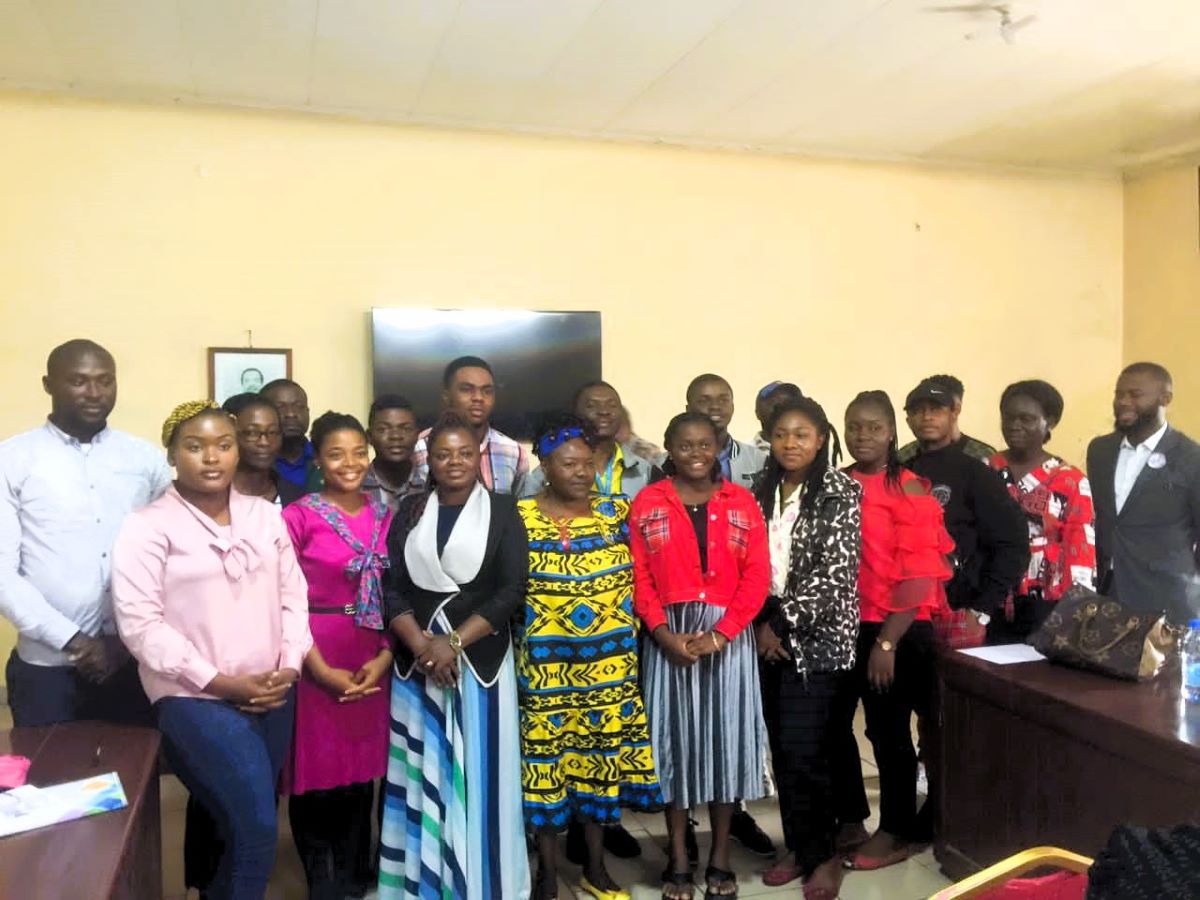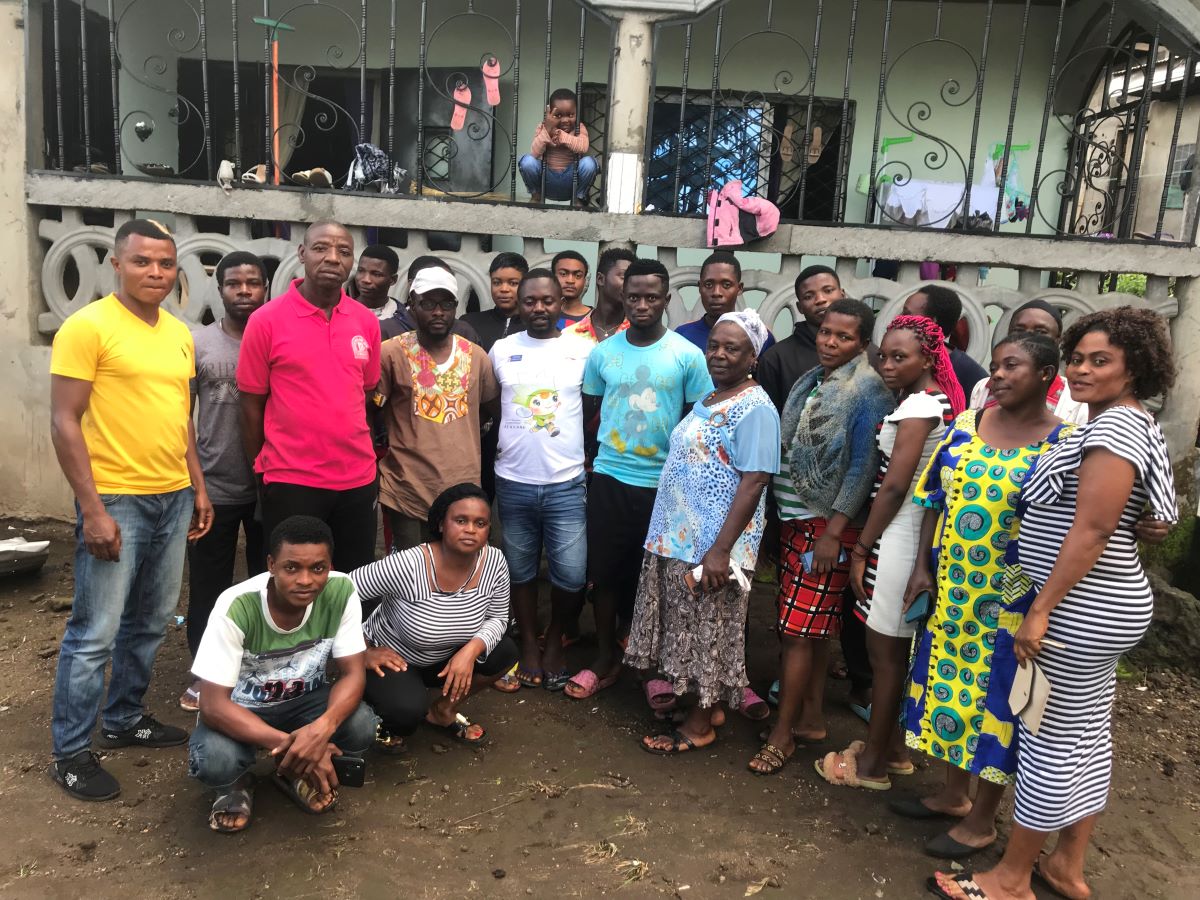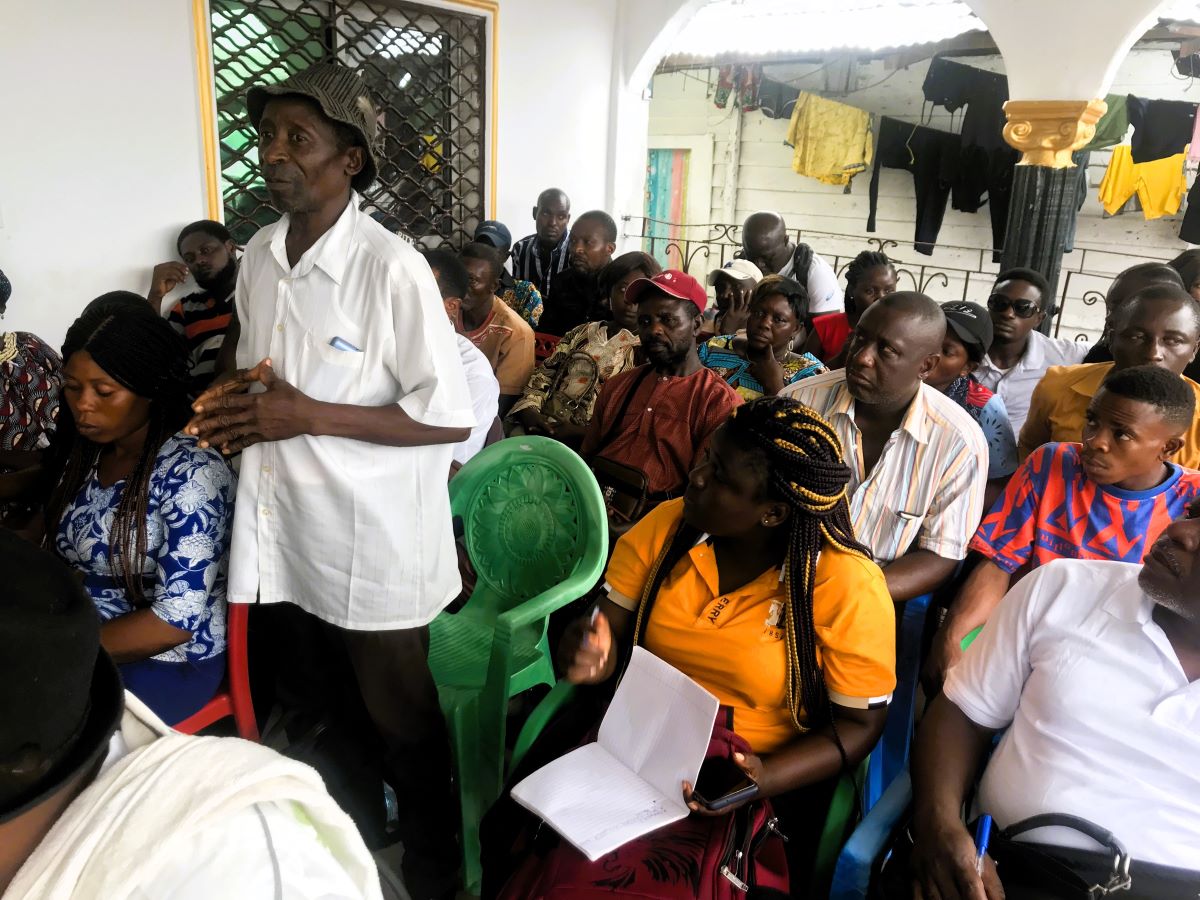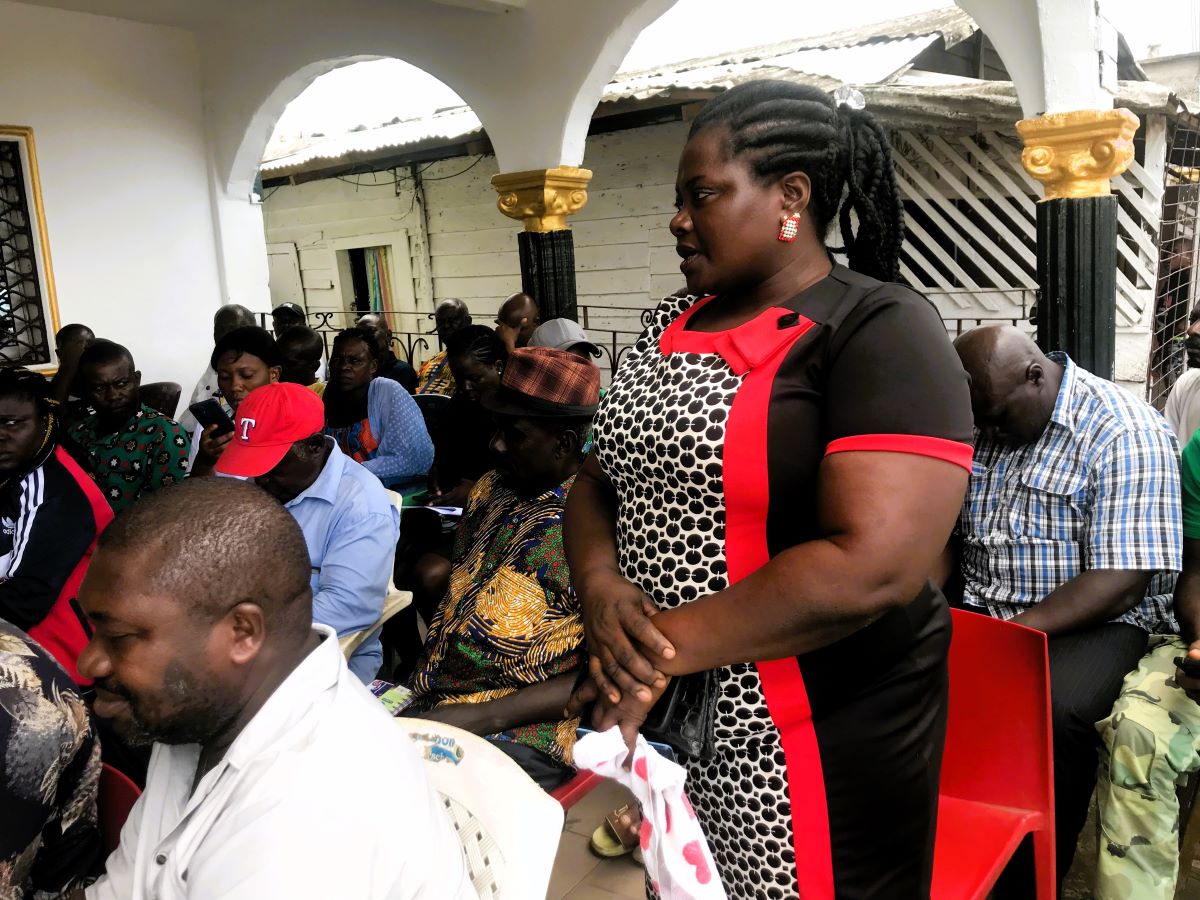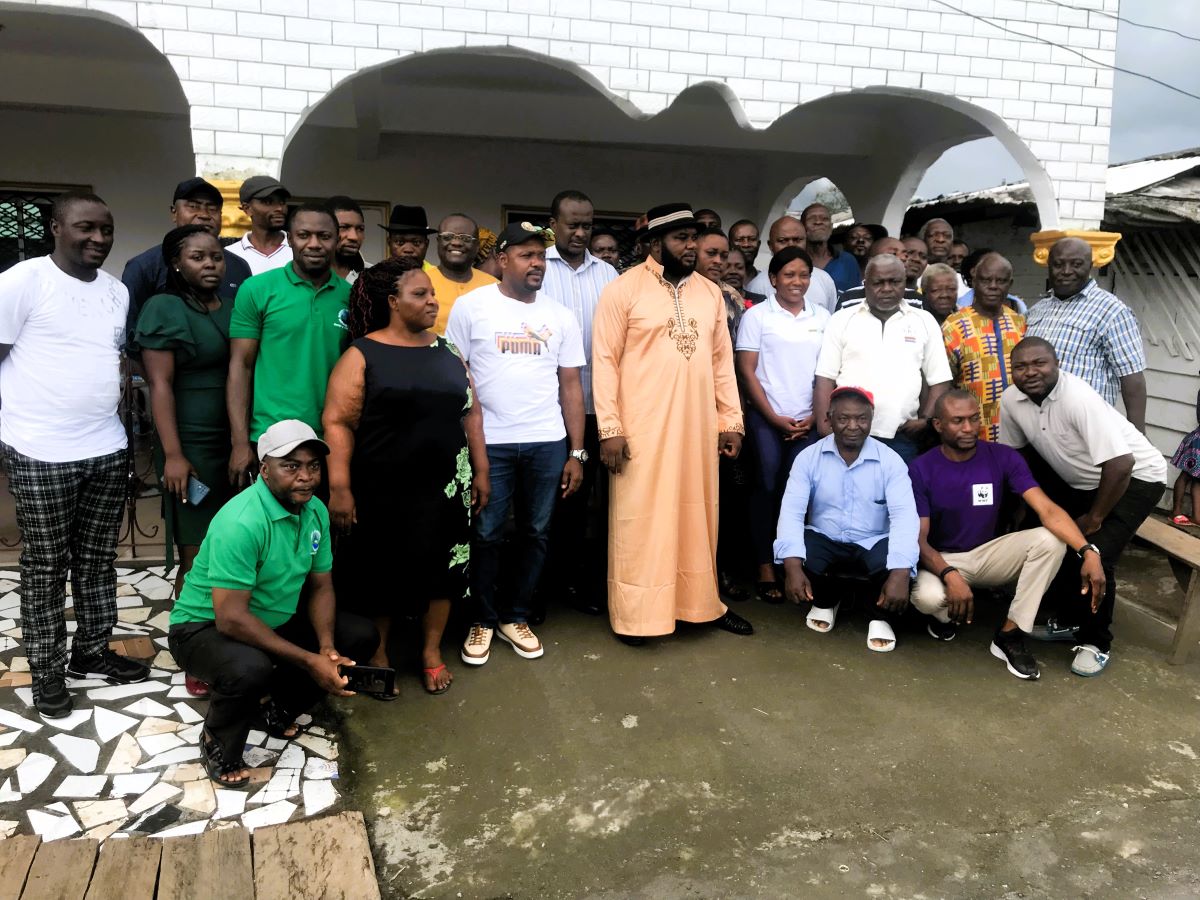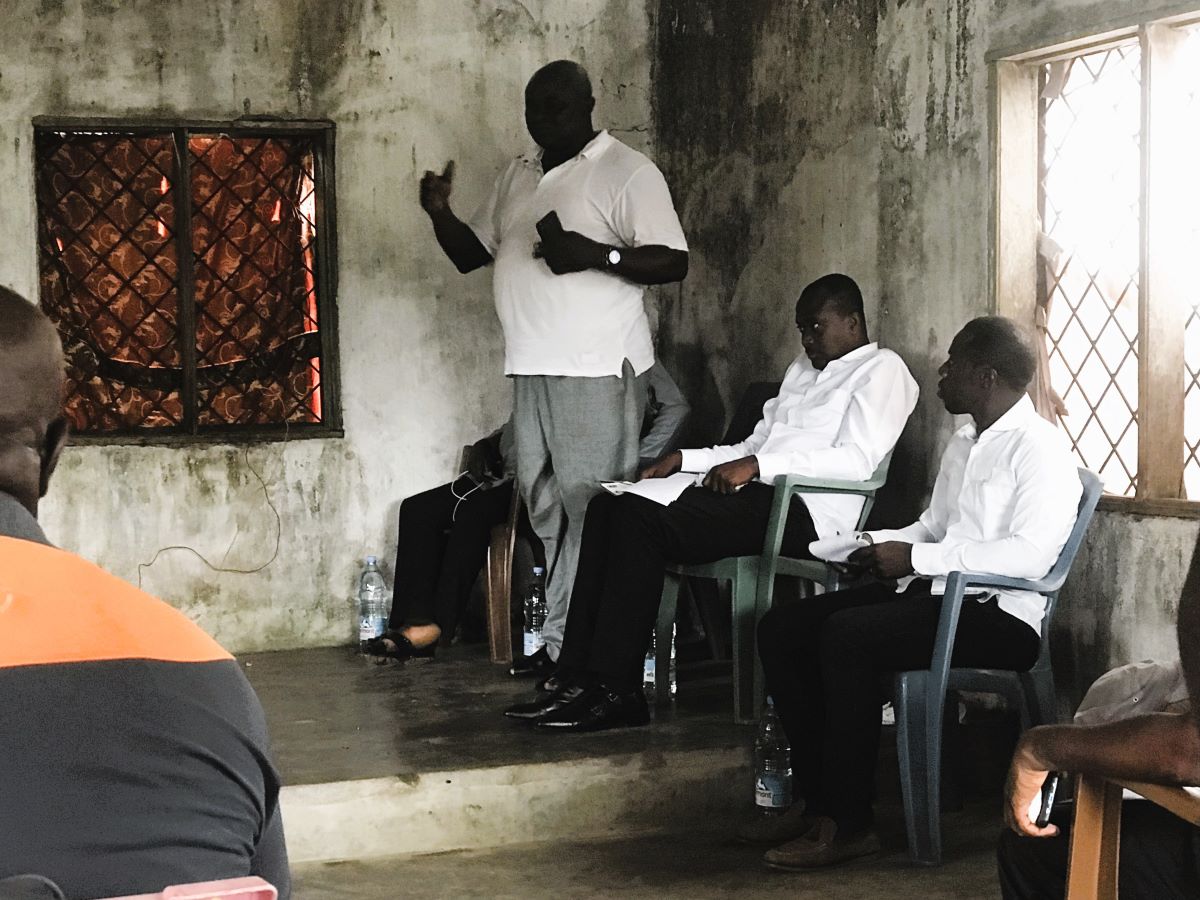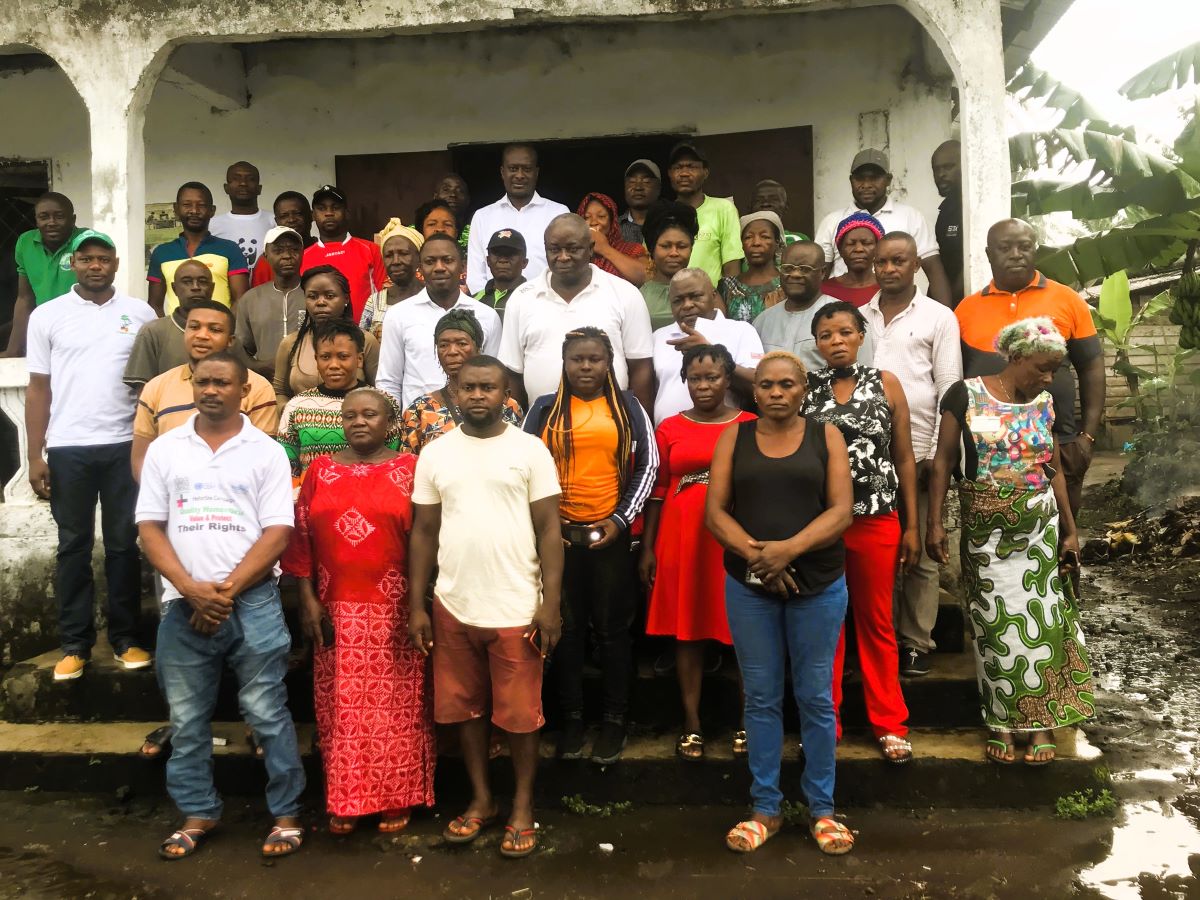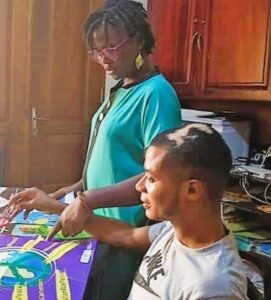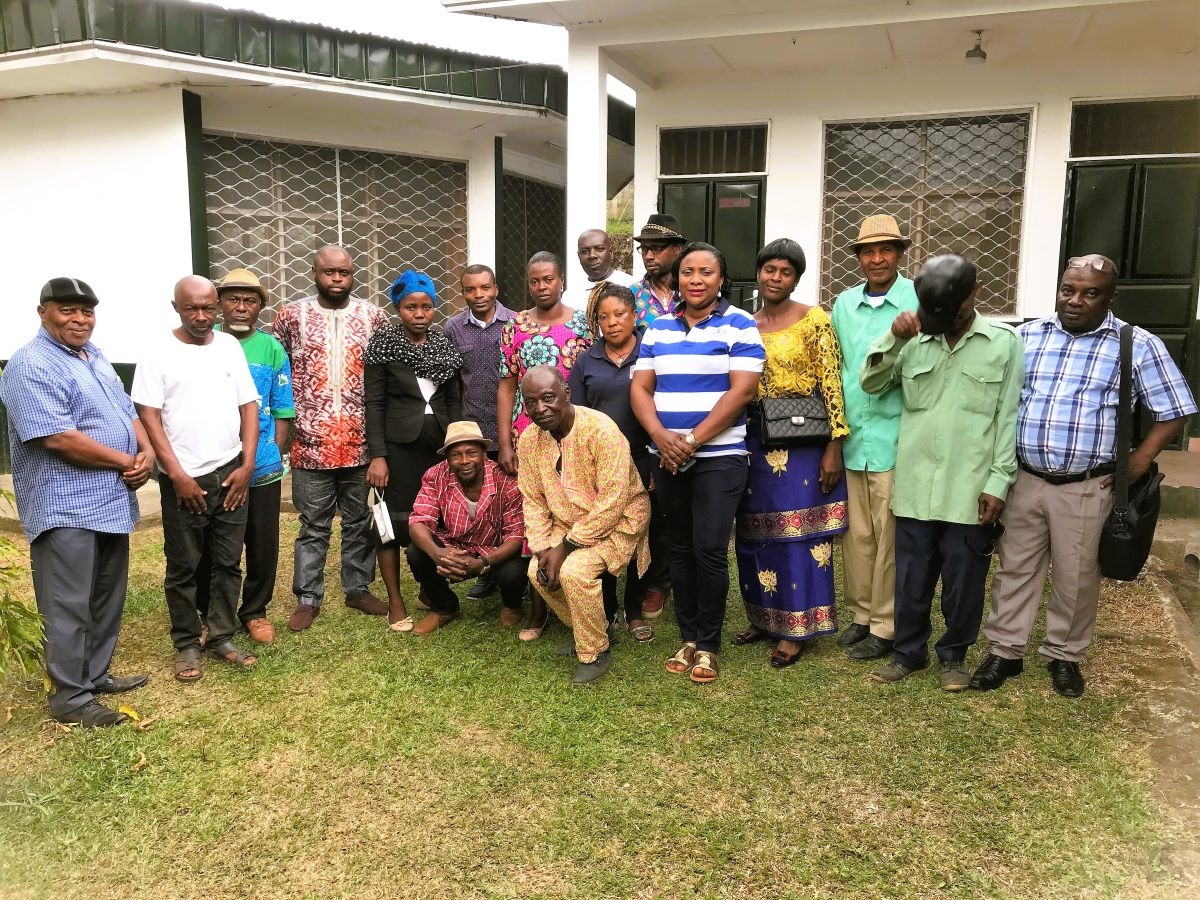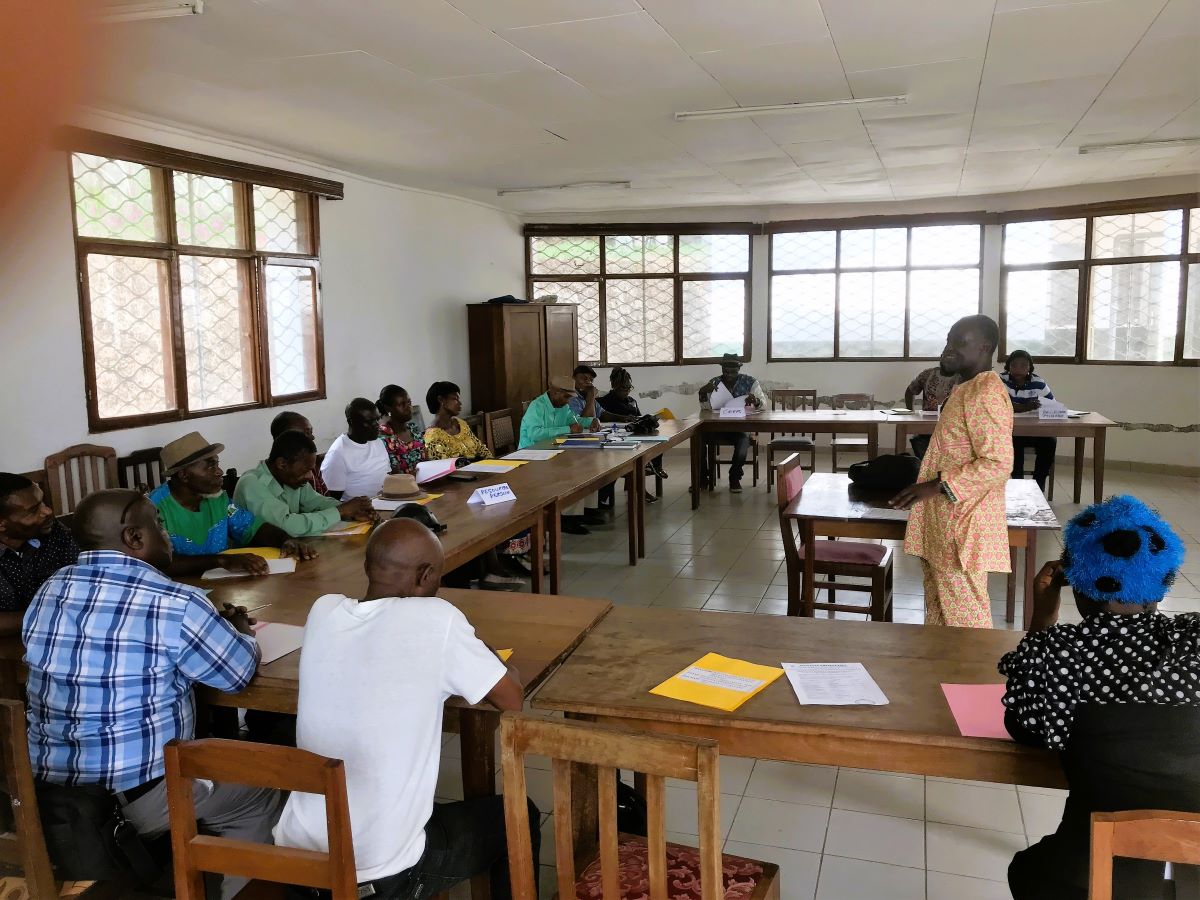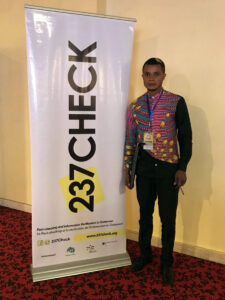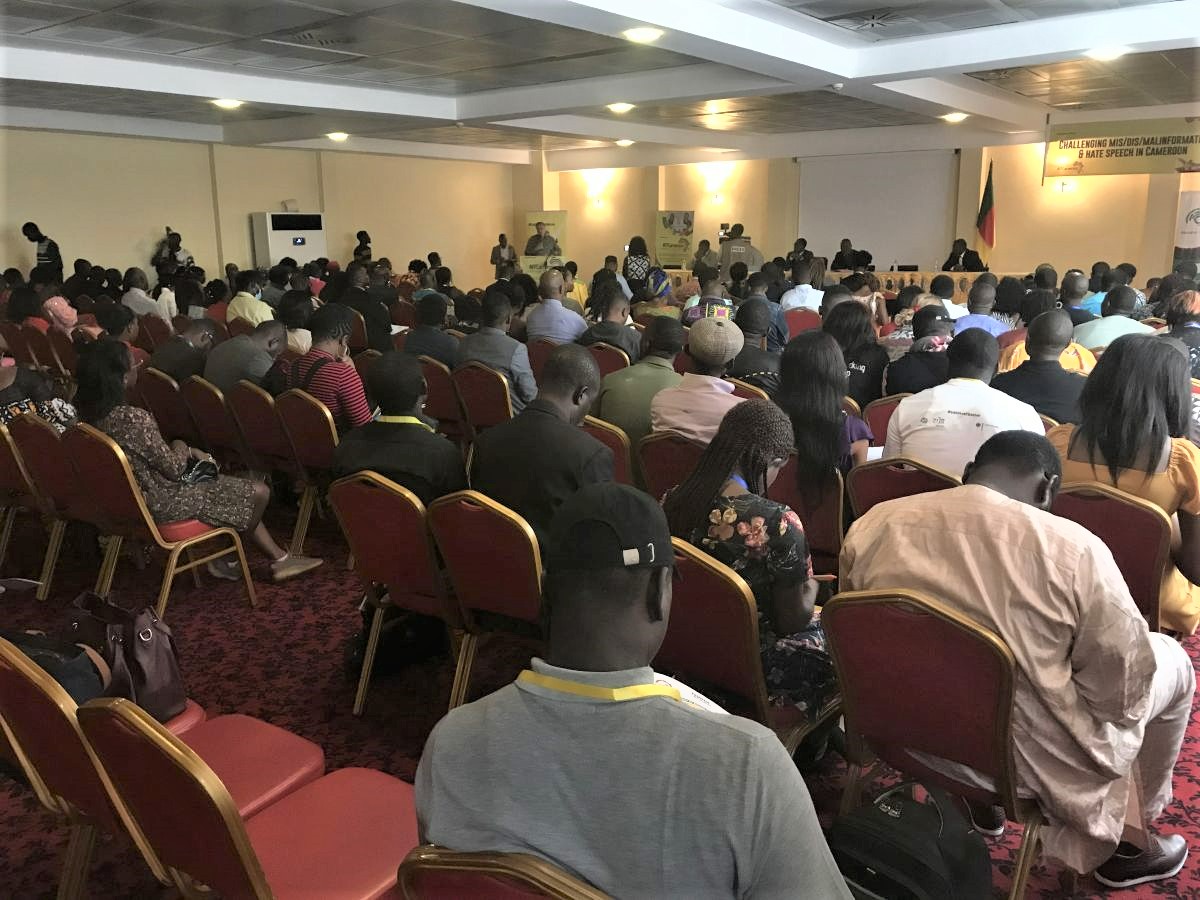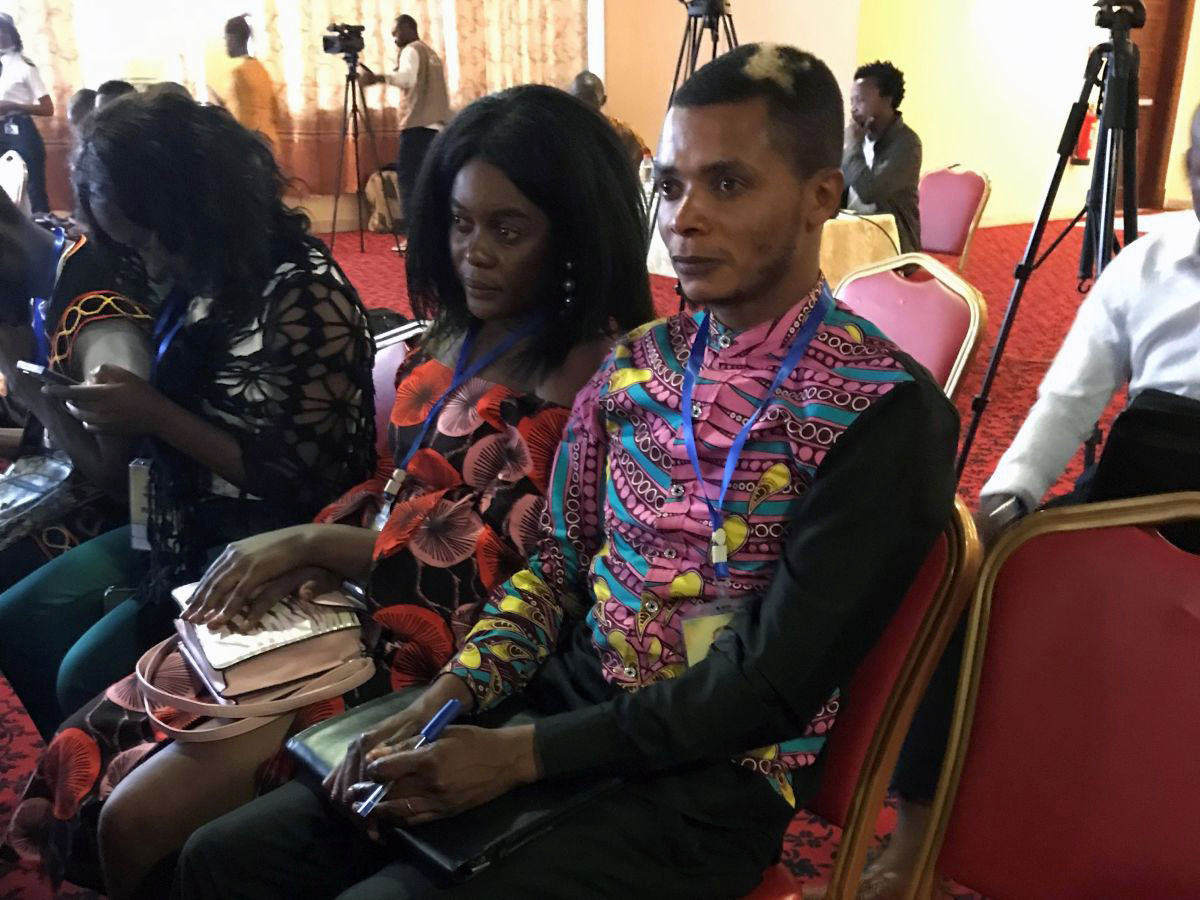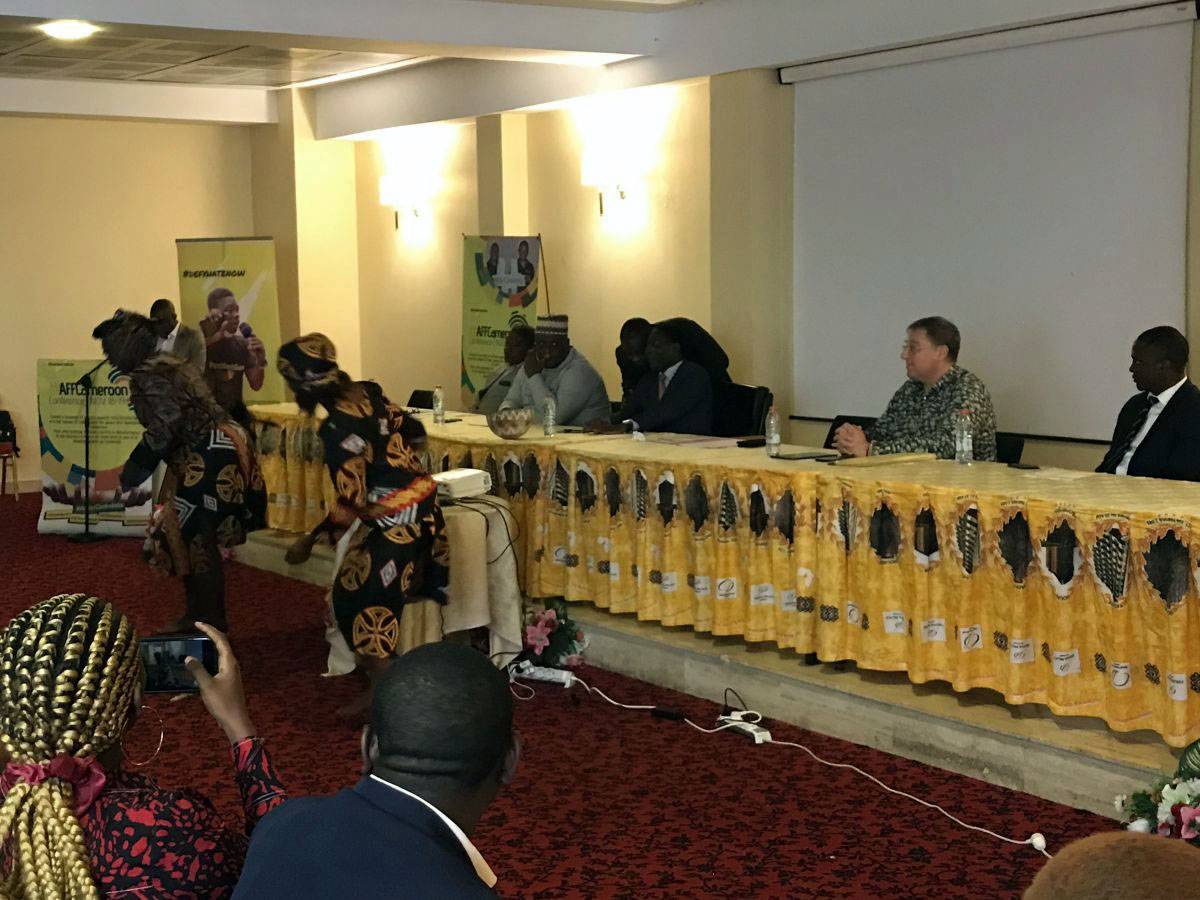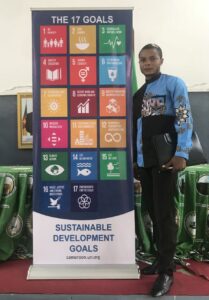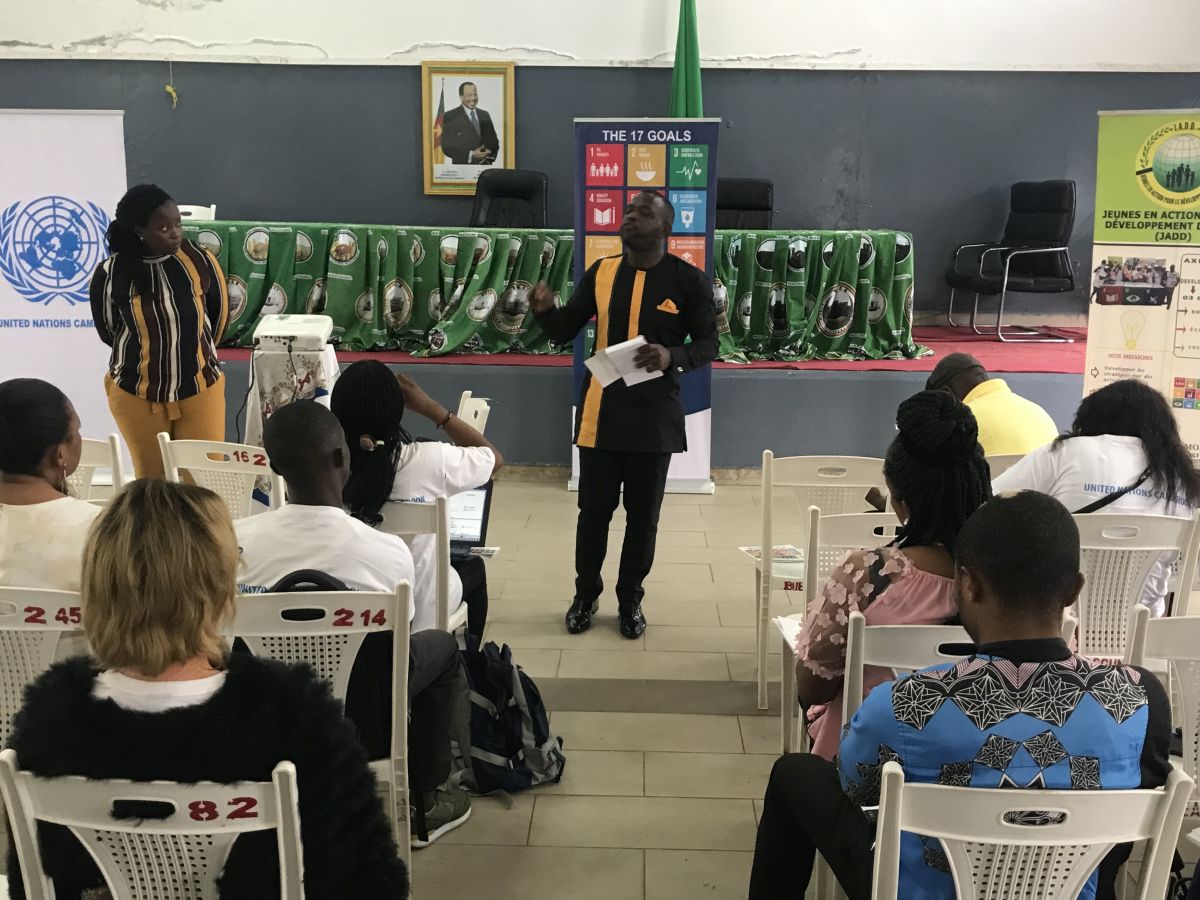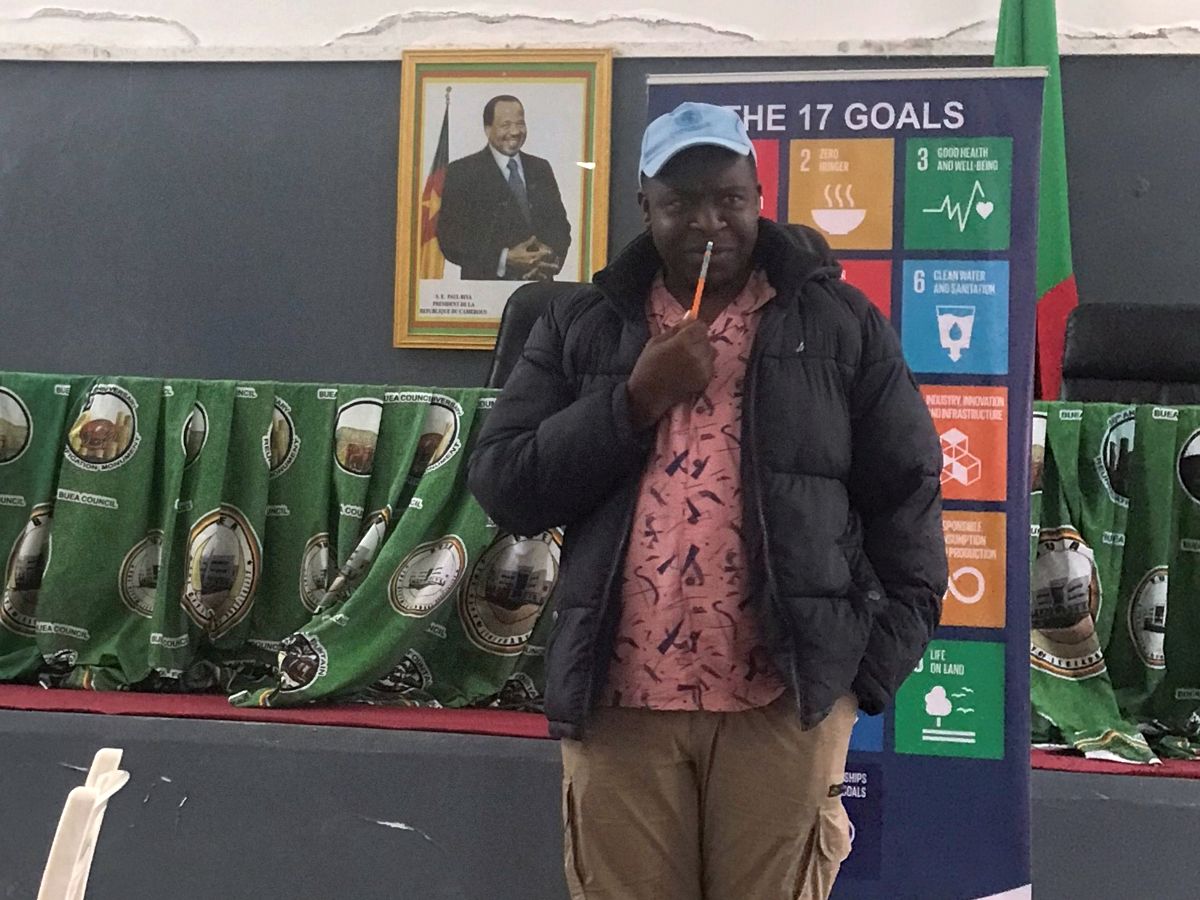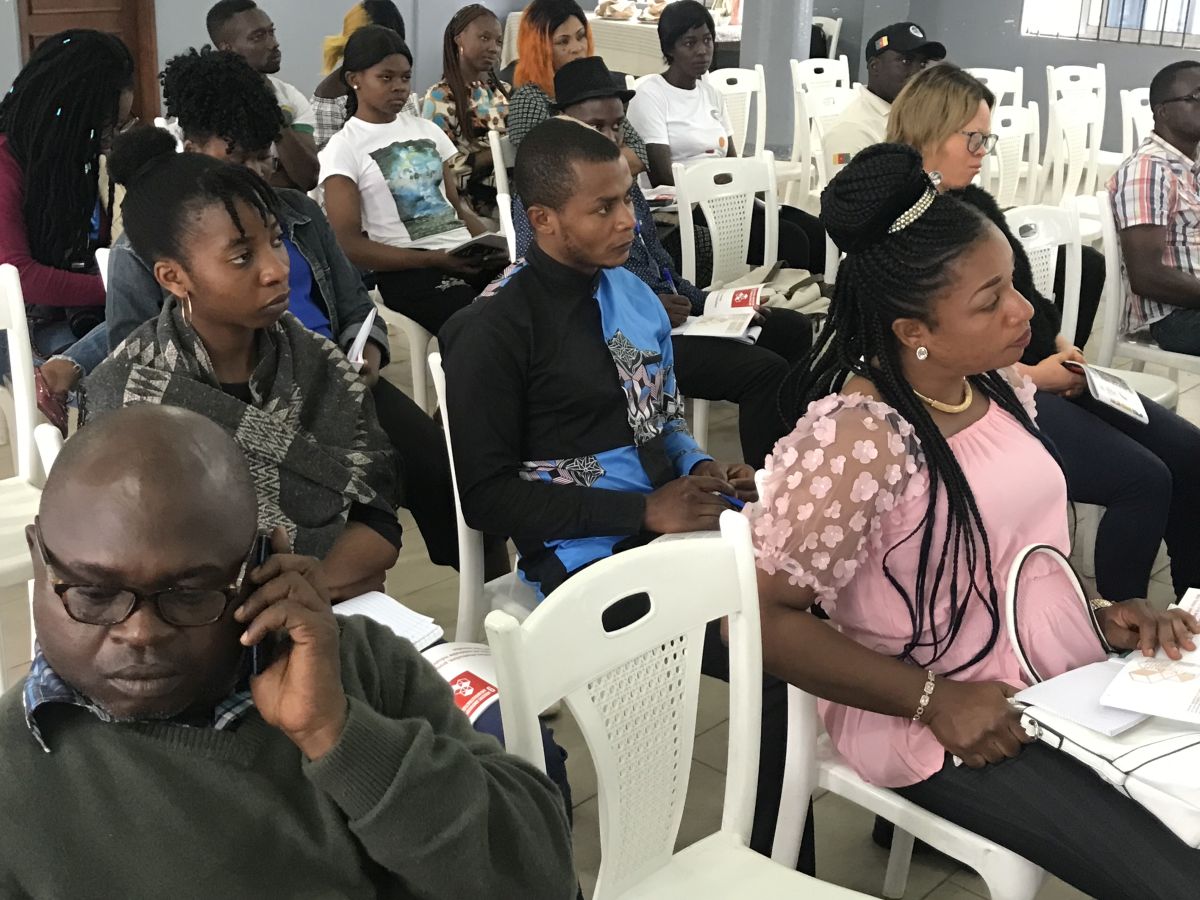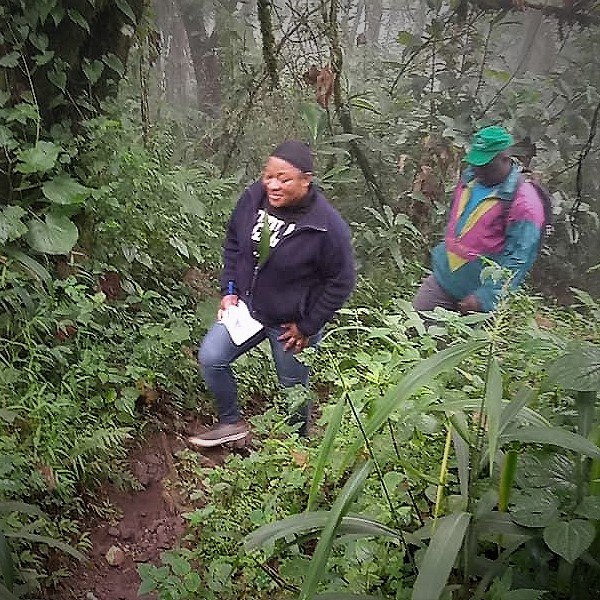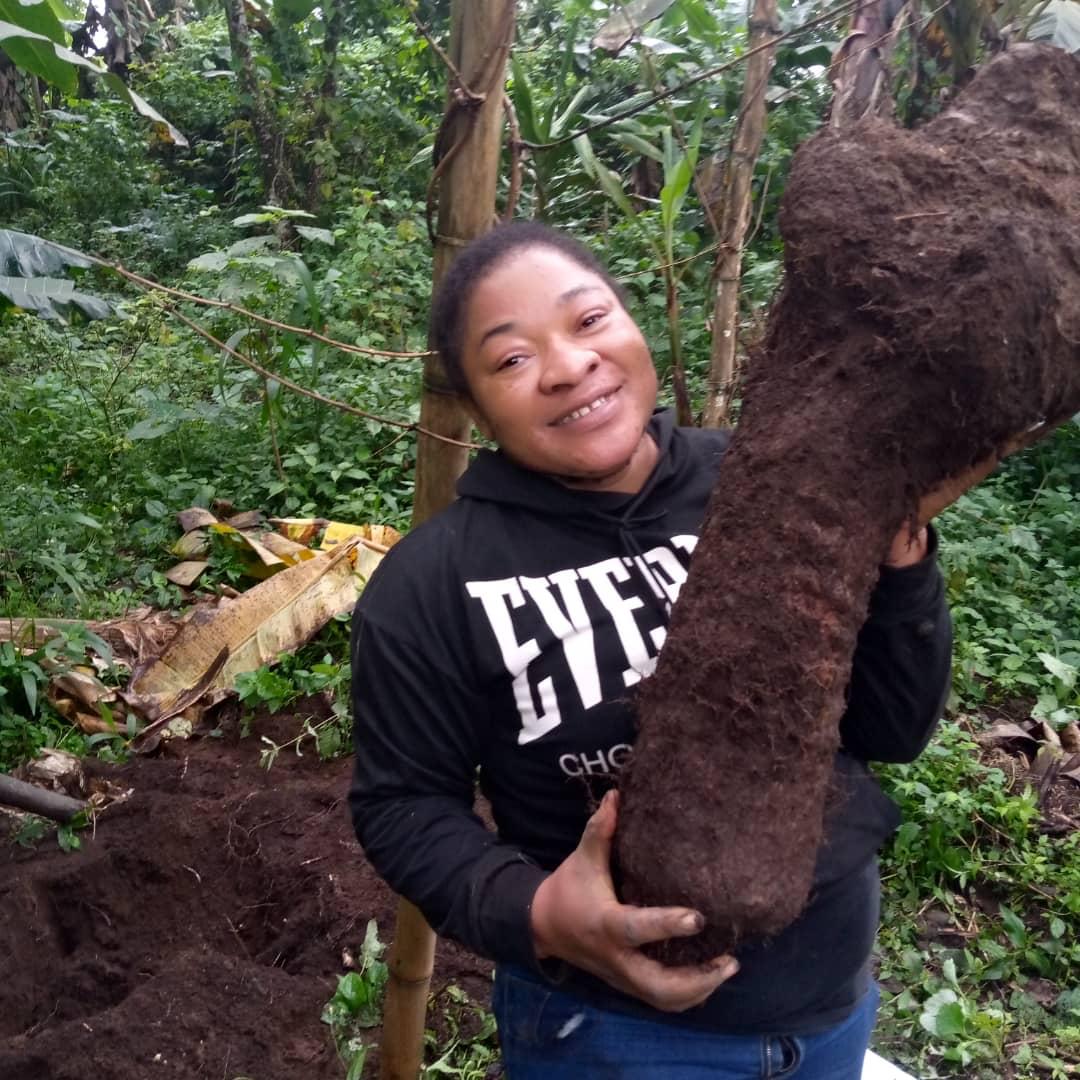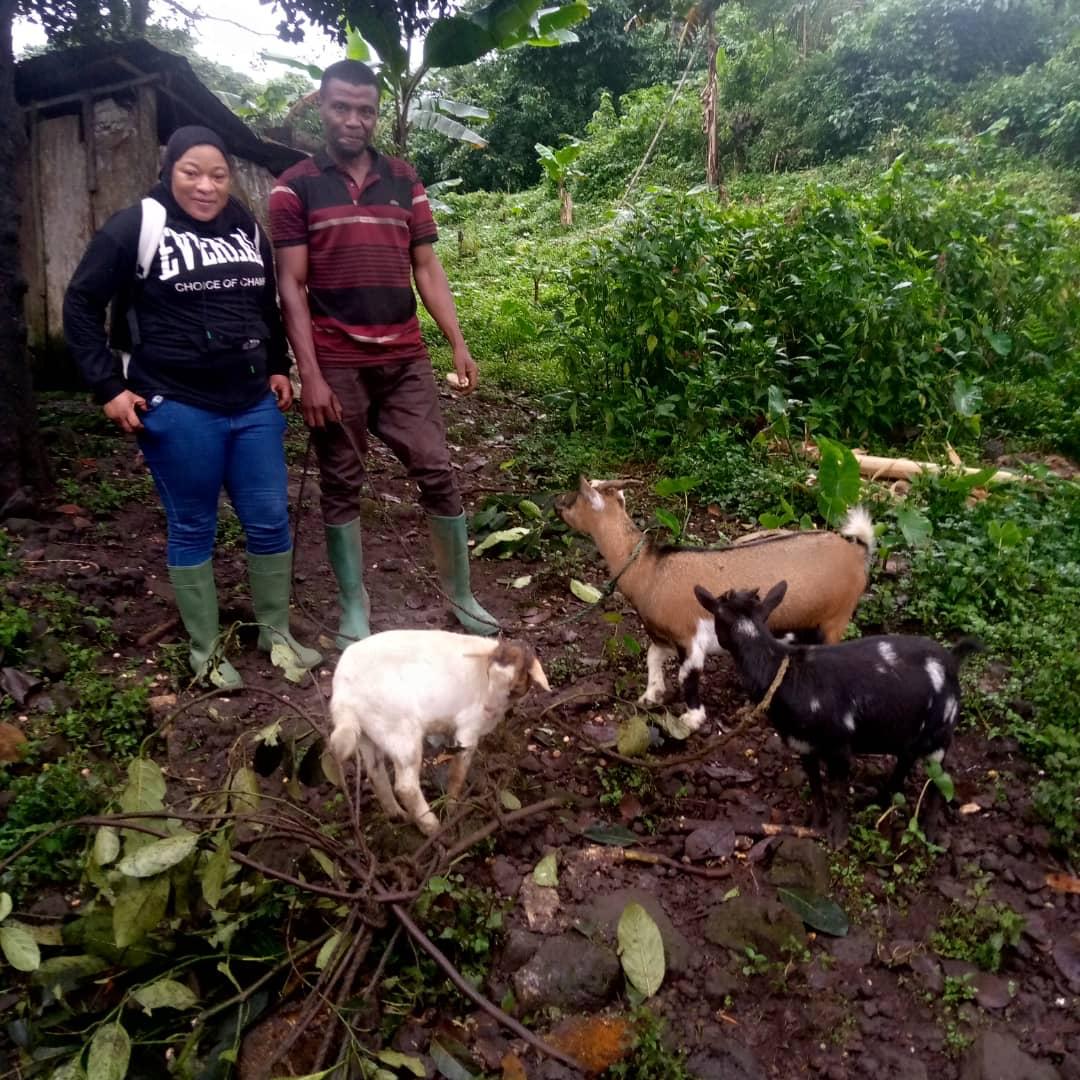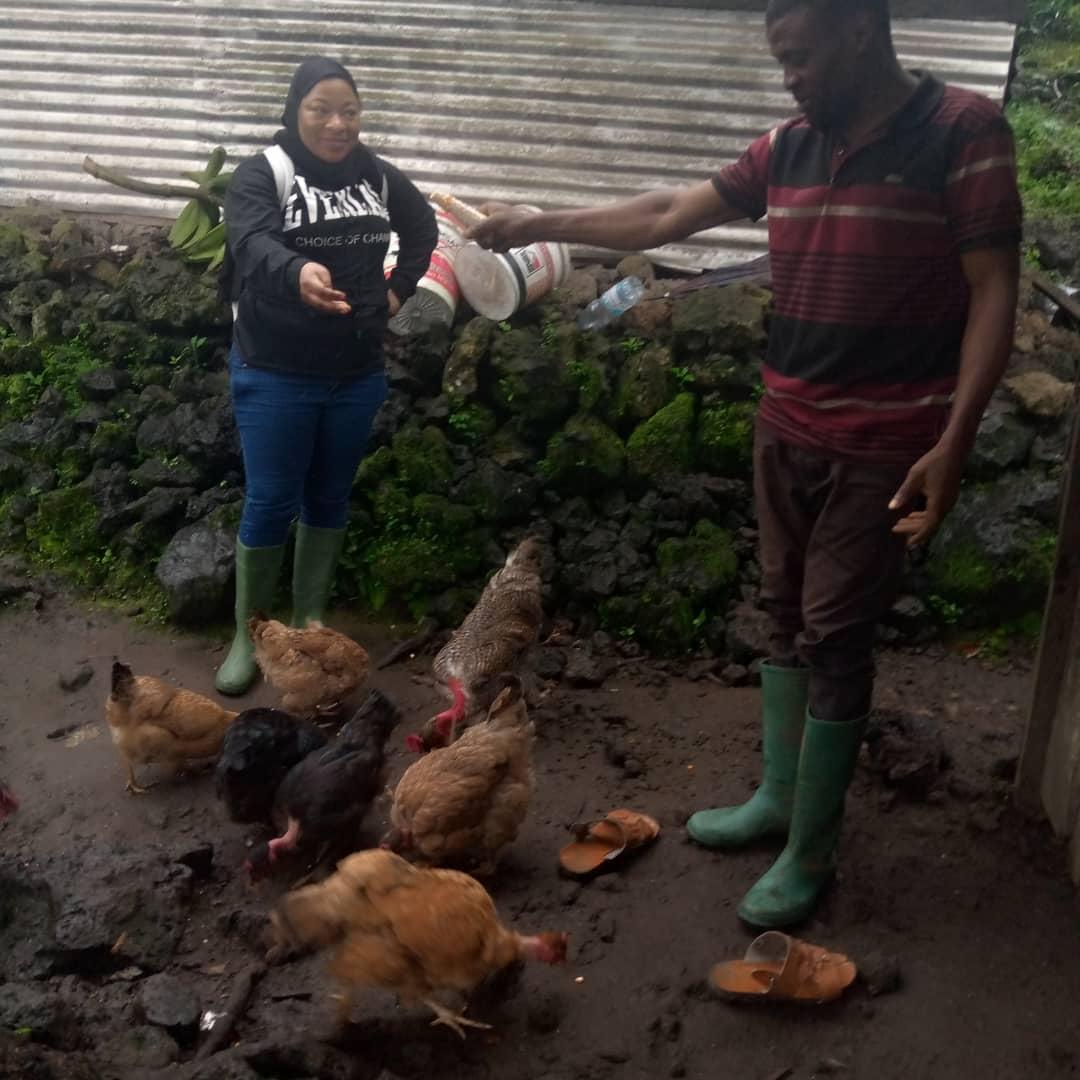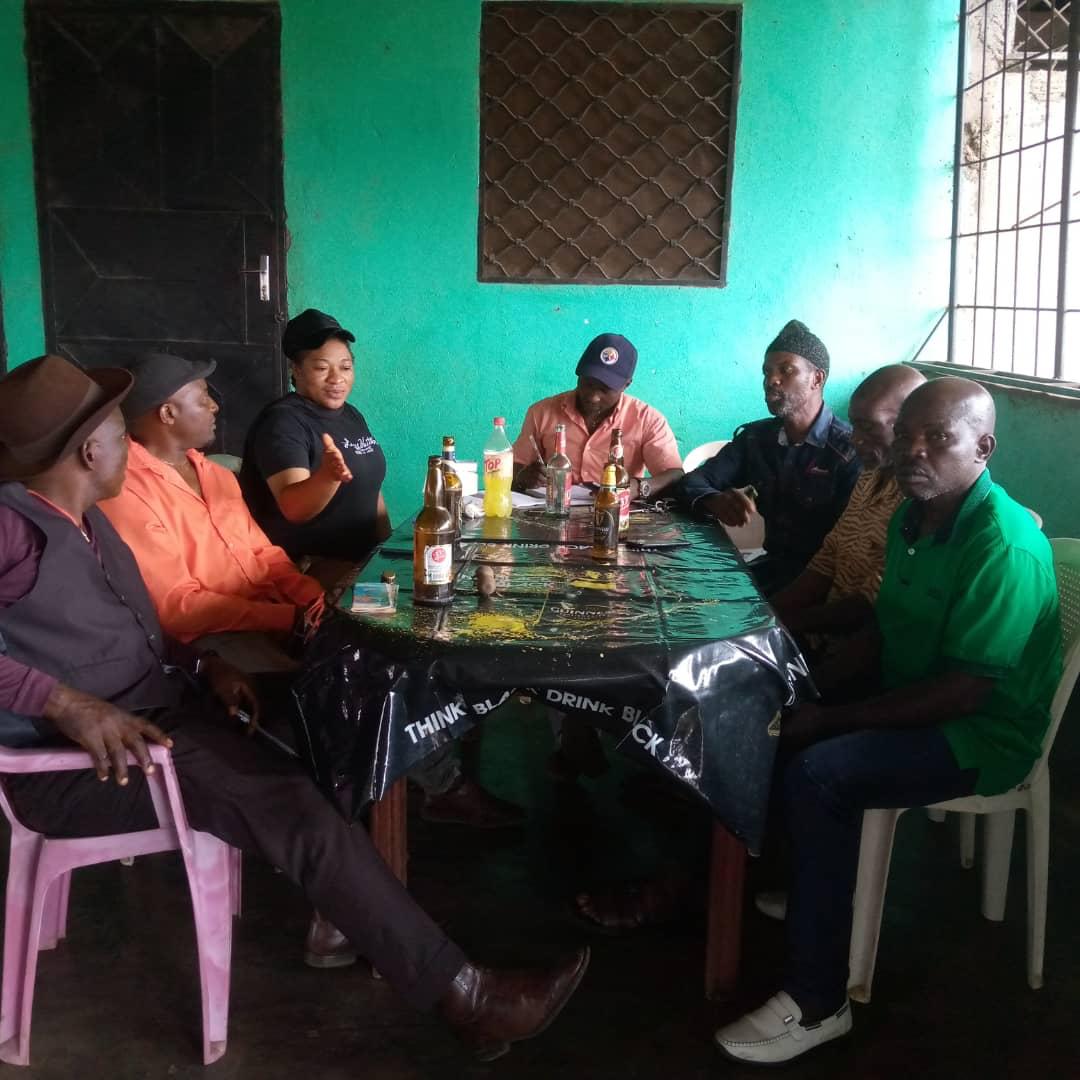Human-Elephant Conflict, Mount Cameroon
In late May and early June of 2023, Global Hand Cameroon participated in several sensitization meetings that were held to address the problem of conflicts between forest elephants and local farmers. The meetings were held in three communities bordering Mount Cameroon National Park (Njonji, Idenau and Bomana) that have been especially impacted by elephant incursions. Other entities taking part in the meetings included the Mount Cameroon National Park Service, the Ministry of Forestry and Wildlife, World Wildlife Fund (WWF), Fako Guides and Porters Association (Fako-GUIPA), and Community Action for Development (CAD).
Human-elephant conflict in the areas bordering Mount Cameroon National Park is not a new phenomenon, but it has been steadily worsening over the past few years. Since the park was created in 2009, its elephant population has increased from an estimated 170 to approximately 300 today. This increase is largely due to the fact that much sensitization has been done in the adjacent communities, resulting in a drastic reduction in hunting and poaching activities in the park. However, with more elephants and larger herd sizes, the elephants are now ranging farther afield and making more frequent and destructive forays onto farmlands outside of the park. Farmers are losing entire crops and their livelihoods, and elephants are being killed.
The importance of resolving this issue cannot be overstated. Forest elephants (Loxodonta cyclotis) are listed as a Critically Endangered species by the International Union for the Conservation of Nature (IUCN). As “forest cultivators,” these elephants are a vitally important component of the tropical rainforest ecosystem — classified as a “biodiversity hotspot” — that is protected in Mount Cameroon National Park. Traditionally, the people living in this area have celebrated the elephants with an annual Elephant Dance (Malley Dance), in which the existence and survival of the elephants and the forest they inhabit signifies the continuity of the culture and tradition of these communities. More recently, forest elephants have become an important factor in the developing ecotourism industry in the park. Clearly, forest elephants play a deep cultural, ecological, and economic role in the region.
However, the increasingly common raids by elephants on village farms have unsettled villagers and put their livelihoods at grave risk. Their farmlands, highly productive due to the area’s rich volcanic soils, provide essential subsistence for the burgeoning human population; when crops are destroyed by elephants, people have nothing to eat and genuinely suffer. To make matters worse, the ongoing Anglophone Crisis has resulted in a large influx of internally displaced people fleeing violence elsewhere in the region, thus placing additional stresses on the local populations.
At the sensitization meetings held in Njonji, Idenau and Bomana, a number of ideas were suggested to help alleviate the problem and prevent further damage and ill-will. Long-term solutions include building fencing and introducing scare tactics to keep elephants away from villages and crops. In addition, because elephants are reluctant to cross lava flows that separate forested areas, it may be possible to open corridors through these lava flows for elephants to pass, increasing areas within the park for them to feed. To help determine elephant movements in these corridor areas, wildlife cameras are being installed by Fako-GUIPA in collaboration with the park service and with support from WWF.
Suggestions for short-term solutions that would provide more immediate relief to the villagers include creation of alternative job/income opportunities, providing academic scholarships for children, offering vocational training to the farming youth populations, and introducing economic empowerment activities that can sustain households and provide a degree of social security.
While permanent and lasting solutions are being sorted out, we at Global Hand Cameroon are hopeful that some of these short-term solutions can be quickly implemented, providing relief to the communities, freeing them from stress and trauma, and assuring them of the concern of humanity — while at the same time protecting the endangered forests elephants of Mount Cameroon National Park.
Bomana Village Chief speaks at meeting
Bomana Village Participants
Idenau Village Chief speaks at meeting
Idenau Community Group Photo
Njonji Village Traditional Chairman
Njonji Community Group Photo
